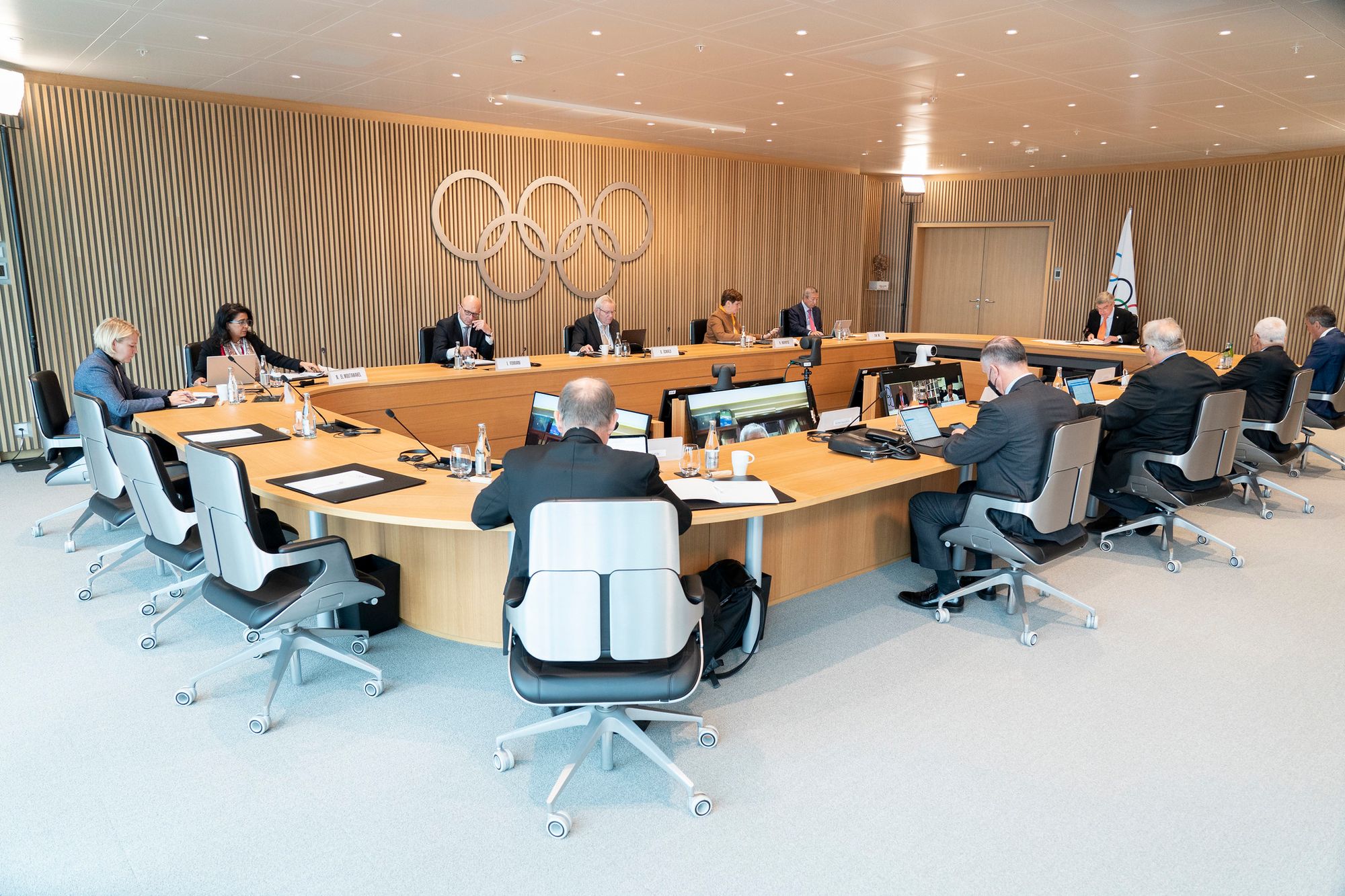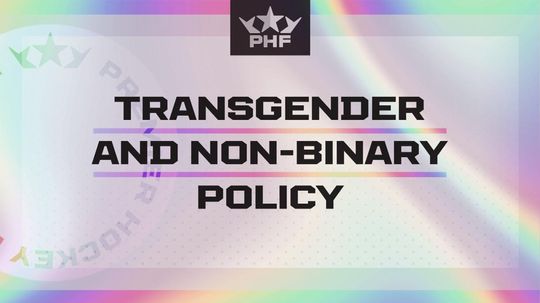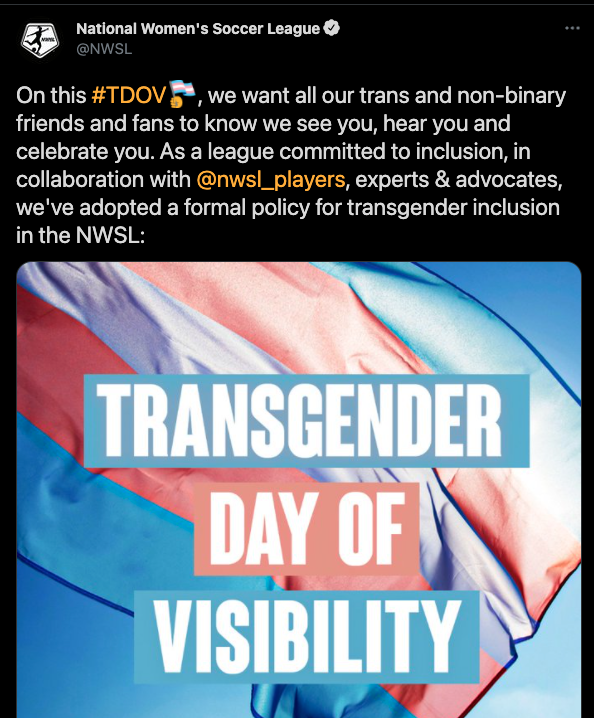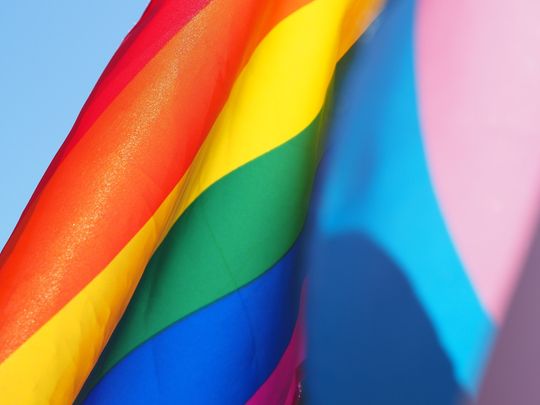On November 16, the IOC released its much-anticipated IOC Framework on Fairness, Inclusion and Non-discrimination on the Basis of Gender Identity and Sex Variations. Ratified by the IOC Executive Board on November 12, the announcement was issued during Trans Awareness Week and the framework is principally focused on guidance for the inclusion for trans athletes and athletes with sex variations.
This is one of the most comprehensive and extensive guidance documents on gender inclusion that exists in all of sports. Having undertaken a two-year consultation process that included speaking to more than 250 athletes and stakeholders, the IOC has drafted a framework that centers those who are most affected by the regulation of gender in sports. This is a credit to the athletes who worked with the IOC on this guidance, an essential consultation so often missed – or deliberately omitted – in the creation of other similar policies.
At its heart, this guidance affirms the identities of trans athletes and athletes with sex variations. Under principle 3 "Non-discrimination" the guidance states: "Provided they meet eligibility criteria that are consistent with principle 4 (Fairness), athletes should be allowed to compete in the category that best aligns with their self-determined gender identity."
For those less familiar with these policies, the truly revolutionary part of that sentence might be missed: "their self-determined gender identity." The framework makes self-determination a priority, underscored by the removal of arbitrary requirements, including testosterone thresholds that previously served to define the assimilation of gender diverse folks competing in women's sports.
If this guidance is followed, trans athletes, nonbinary athletes, and athletes with sex variations will no longer be required to prove their identities with medical procedures, legal documentation, testing, or artificial timelines. Self-determination or self-identification for trans people is a standard only legal in a few countries worldwide. With self-determination now encoded in an IOC policy, it should make the process to compete much easier for trans, nonbinary, and intersex athletes.
Provisions for self-determination are not the only revolutionary part of this framework. Principle 5 is also radical because it posits that trans athletes and athletes with sex variations do not have unfair advantages. "No presumption of advantage" crystallizes what is different about this framework. It is not guidance that privileges and defaults to cis perspectives but treats marginalized lives with the same legitimacy. Mere existence is not advantage, no matter how hard cis bigots try to convince the sporting public it is, and this framework puts the first nail in that coffin.
When both principles are taken together, no presumption of advantage and self-determined gender identity create guidance that not just undermines the standing of the cis athlete as the default athlete but creates a framework where the validity of trans athletes is the standard.
This guidance displaces cis supremacy. When self-determination is the standard for trans athletes and athletes with sex variations, how cis athletes, cis stakeholders, and cis fans feel about that inclusion does not matter. When no presumption of advantage is the prevailing mindset, then the bigotry and lies used to stoke resentment against trans inclusion are stamped out. This framework, in its essence, doesn't just reluctantly carve out a space for a small minority of trans athletes and athletes with sex variations, those whose inclusion can be absorbed without changing the prevailing cis power structures. It actively confronts the cis power structures that dictate sports policy by prioritizing gender diverse voices in its consultation and implementation.
But for this framework to have the power of regulation, cis decision-makers still have to act to uphold it. The IOC, in creating this document, acknowledged as much in its preamble:
Therefore, the aim of this Framework is to offer sporting bodies – particularly those in charge of organising elite-level competition – a 10-principle approach to help them develop the criteria that are applicable to their sport. Sports bodies will also need to consider particular ethical, social, cultural and legal aspects that may be relevant in their context.
If recent decisions by sporting bodies (such as the IAAF) are any indication, there is reason to worry whether the IOC guidance will be implemented faithfully. There are elements of the guidance's language that bigoted cis decision makers can latch onto to prevent the inclusion of trans athletes, nonbinary athletes, and athletes with sex variations.
Principle 4 introduces the concept of "unfair and disproportionate competitive advantage", and principle 6 "Evidence-Based Approach" provides advice for its determination. Given the complete dearth of examples of gender diverse athletes, particularly trans women, exploiting the system for personal gains, both principles are unnecessary for such guidance and undermine the truly empowering aspects of the framework. The framers' conception of an evidence-based approach might be a reasonable stipulation in a world where all parties are acting in good faith, but when it comes to the inclusion of trans athletes and athletes with sex variations, that's simply not the case. We've seen the ludicrous lengths the IAAF is willing to go to bar women like Caster Semenya from competing in international events, and those targeted efforts were upheld by the Court of Arbitration for Sports (CAS).
While the IOC's latest framework acknowledges the harm gender investigations do to those who are subjected to them, especially when played out in public, and makes provisions to prevent the type of targeted attacks endured by Semenya, the framework still leaves loopholes for transphobic discrimination in practice. This is because the concept of an "unfair and disproportionate competitive advantage" for a gender diverse athlete, based on their gender identity alone, is raised in the first place.
As a result, individual sports governing bodies, whether international like the IAAF or national like Hockey Canada, still have the option to make broad judgments about what constitutes an unfair and disproportionate competitive advantage, and fund or support studies that align with those judgements.
In issuing this framework, the IOC was careful to not make it mandatory for other international and national sporting bodies and was clear its application was elite sports. This is disappointing for those of us who want the absolute inclusion of gender diverse athletes in no uncertain terms. However, given the overall importance of the Olympics as a sporting event, and the precedent setting nature of its previous iterations of trans and intersex inclusion policies, I think it's likely the IOC's framework does filter down sports federations and youth sport the same way its previous guidelines from 2004 and 2015 did. Still, those changes will take time and once an organization has something in place regarding gender diverse inclusion, the impetus to keep it up to date doesn't seem as strong, as I found out when researching this piece four years ago.
What we are left with then, is considerable reason to smile, and much work still to do.
(Photo: © Greg Martin/IOC)







